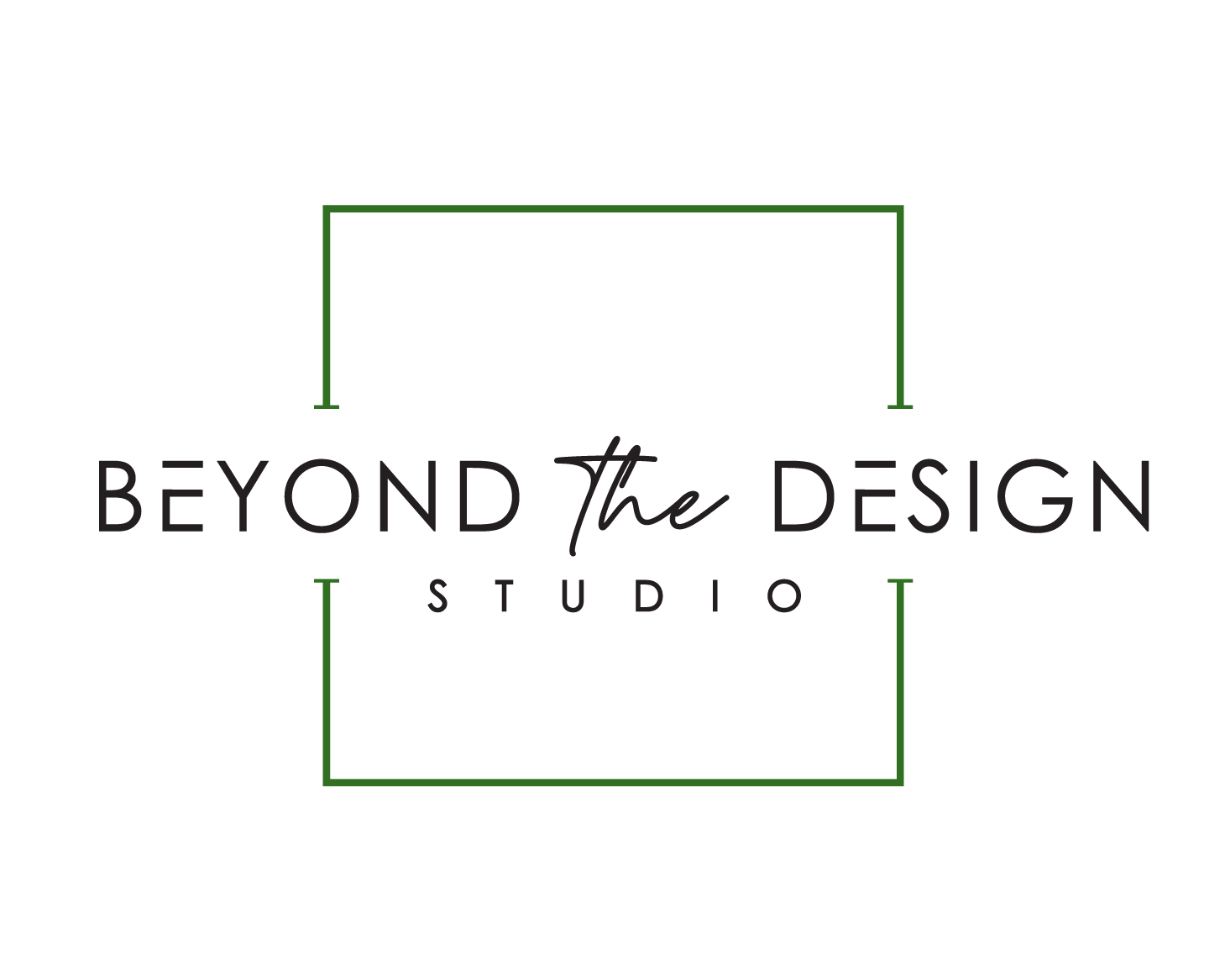Does the Kitchen Triangle Still Matter? Functional Kitchen Design in 2024
Have you ever heard of the “kitchen triangle”? It’s a concept that dominated kitchen design for decades, but times are changing. Let’s explore why the traditional triangle layout might not be cutting it anymore and what exciting alternatives are emerging to revolutionize kitchen design.
In the mid-20th century, the kitchen triangle was all the rage. It centred around positioning the stove, refrigerator, and sink in a triangular layout to optimize efficiency and workflow. But fast forward to today, and our cooking habits and lifestyles have evolved significantly. We’re no longer confined to solitary meal preparation, and kitchens have morphed into multifunctional hubs for socializing, working, and dining.
At BTD Studio, we believe in Exceptional Design and Extraordinary Execution. That’s why we’re pioneering a shift away from the traditional kitchen triangle towards a more holistic approach focused on creating functional zones tailored to specific tasks. Let’s take a closer look at these zones:
The Limitations of the “Kitchen Triangle”
Cooking is no longer viewed as a single-person activity and often involves multiple cooks in the kitchen. The rigid constraints of the kitchen triangle can feel restrictive and outdated with this rise in collaborative cooking. Additionally, a traditional layout may not accommodate additional activities such as entertaining and working, leading to inefficient use of space and a lack of flexibility.
Advancements in technology and appliance integration have also reshaped how we interact with our kitchens. From built-in coffee makers to smart refrigerators, these appliances often require different considerations for placement, which can challenge the simplistic triangle layout.
The shape of your kitchen can also play a significant role in determining the ideal layout. Small, galley-style kitchens or open-plan layouts may not lend themselves to the rigid geometry of the triangle, leading to compromised functionality and flow. Similarly, with larger, more expansive kitchen layouts, the triangle is not always realistic due to size constraints.
The “Zone” Design Philosophy
At BTD Studio, we believe in Exceptional Design and that’s why we’re pioneering a shift away from the traditional kitchen triangle towards a more holistic approach focused on creating functional zones tailored to specific tasks with a focus on traffic flow patterns, rather than the relationship between the stove, sink and refrigerator. This allows for greater flexibility and customization to suit individual needs and preferences, taking into consideration such factors as door and drawer openings, width of walkways, and ergonomic considerations to ensure ease of movement and accessibility.
Although work zone requirements may vary depending on your kitchen size, layout and needs, we are going to focus on 4 main zones: prep zone, cooking zone, clean-up zone and storage zone.
Prep Zone
The prep zone is where culinary magic begins. It’s equipped with ample countertop space for chopping, slicing, and dicing, along with storage for utensils and small appliances. For many, the kitchen island serves as the perfect prep area, complete with pull-out garbage or compost bins for easy cleanup. Proximity to the cooking zone is essential to minimize the distance between the prep zone and the cooking zone to facilitate a smooth transition.
Cooking Zone
Centred around the stove or cooktop, the cooking zone is dedicated to the art of culinary creation. It ensures ample countertop space for pots and pans, as well as storage for cooking essentials like spices and oils.
Clean-Up Zone
The clean-up zone features the sink, dishwasher, and storage for cleaning supplies. With a deep, durable sink with a sprayer or pull-down faucet and ample countertop space, this zone makes washing and stacking dishes a breeze. Pro tip: aim to store your dinnerware near the clean-up zone to streamline the process.
Storage Zone
Last but not least, the storage zone keeps everything in its place. From the refrigerator to cabinets and pantry space, this zone is essential for maintaining an organized kitchen. Adjustable shelving and categorized storage areas (such as spices, canned goods, etc.) ensure that essential items are always within reach.
While the traditional kitchen triangle served its purpose for decades, its relevance is waning in today’s dynamic world. Modern kitchens require flexibility, adaptability, and customization to meet the diverse needs of today’s homeowners. By embracing zone-based planning and efficient traffic flow, we can create kitchens that are not only beautiful and functional but perfectly tailored to how we live and cook.
So, let’s bid farewell to the rigid confines of the kitchen triangle and welcome a new era of design innovation. At BTD Studio, we’re committed to crafting custom kitchens that elevate the culinary experience, one zone at a time. Whether you’re whipping up a quick weeknight meal or hosting a lavish dinner party, our designs ensure that your kitchen is both a sanctuary and a space for culinary creativity. Put our design team to work for your kitchen renovation and together we will revolutionize the future of kitchen design!


